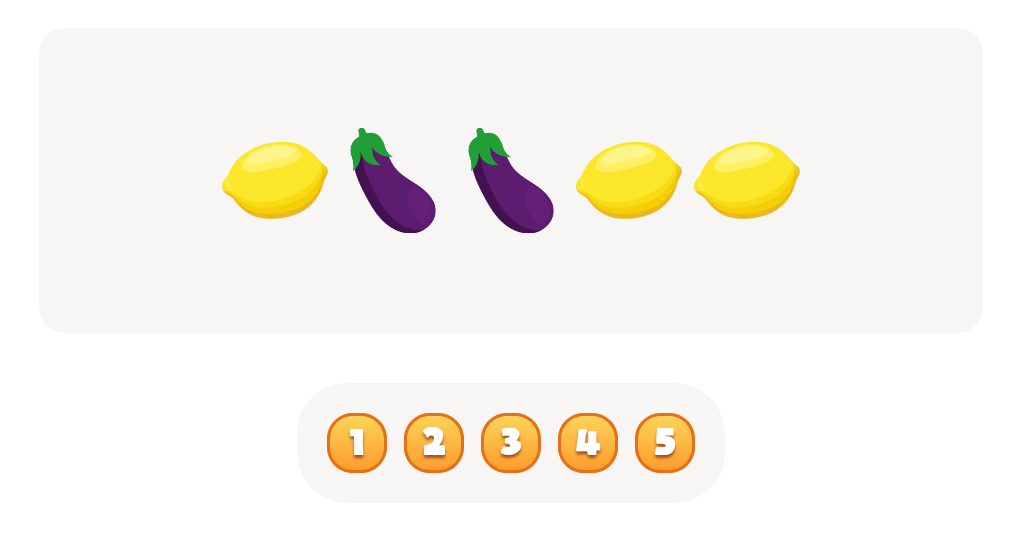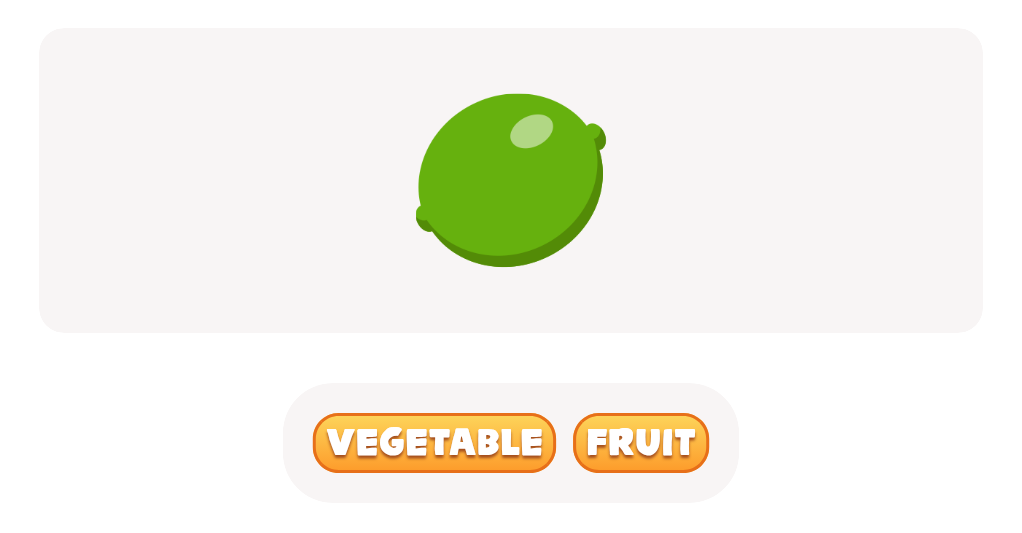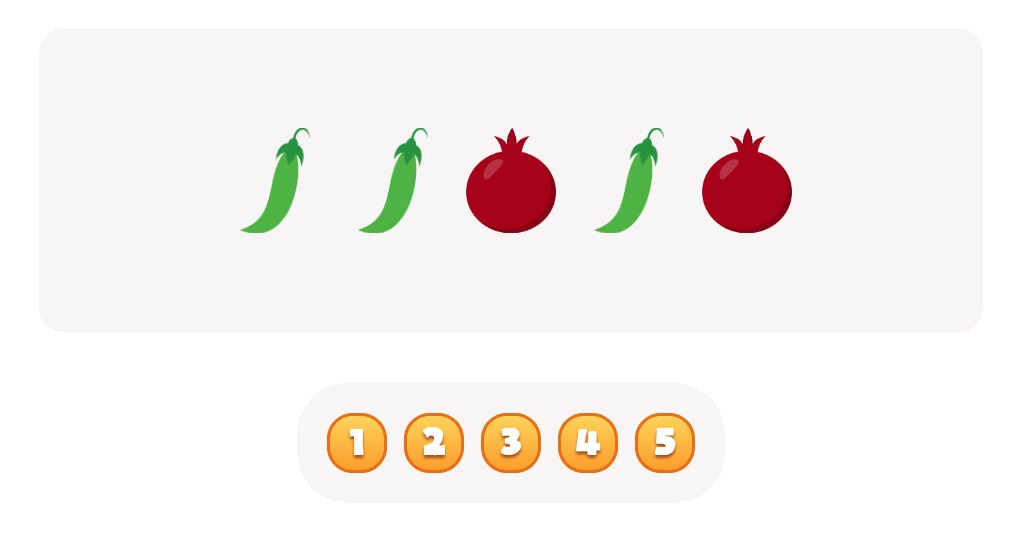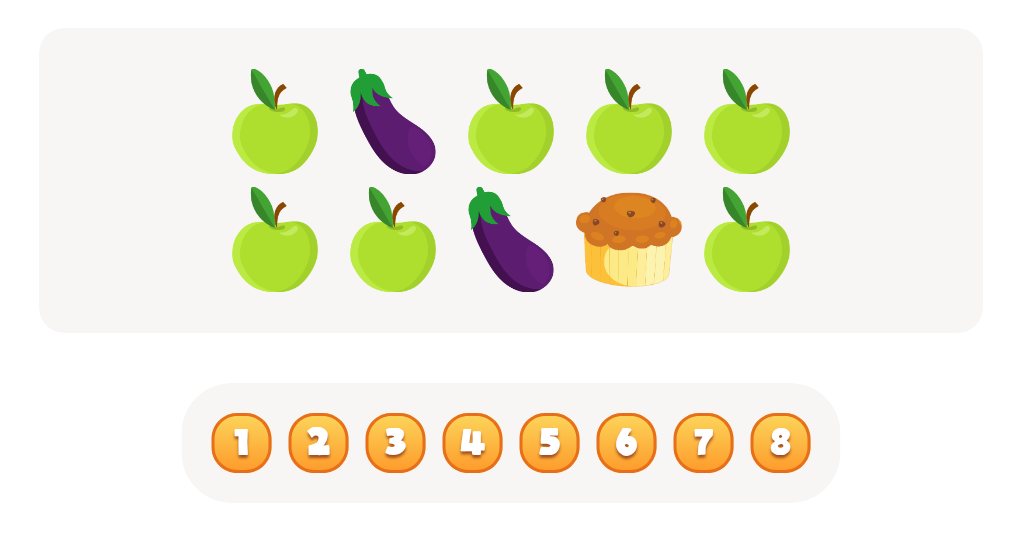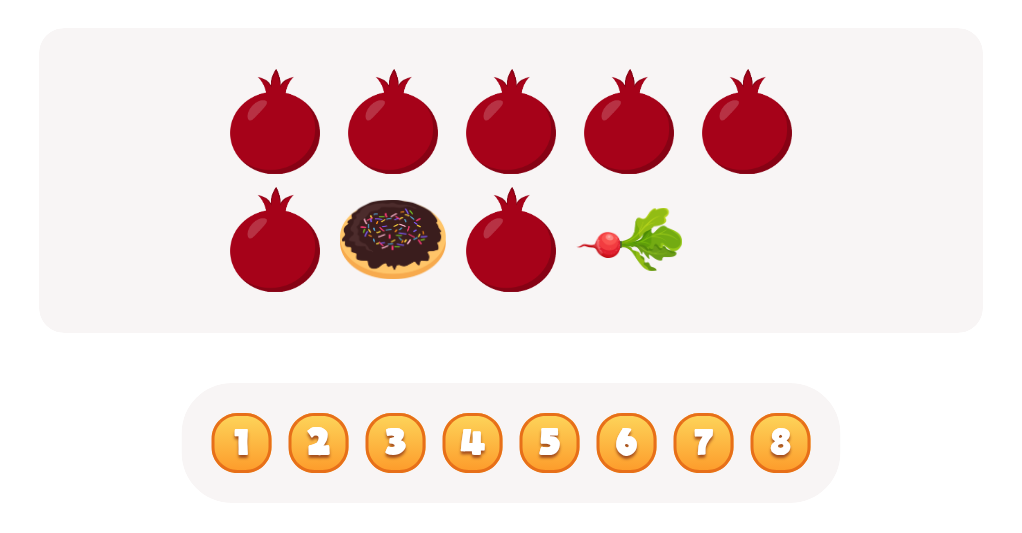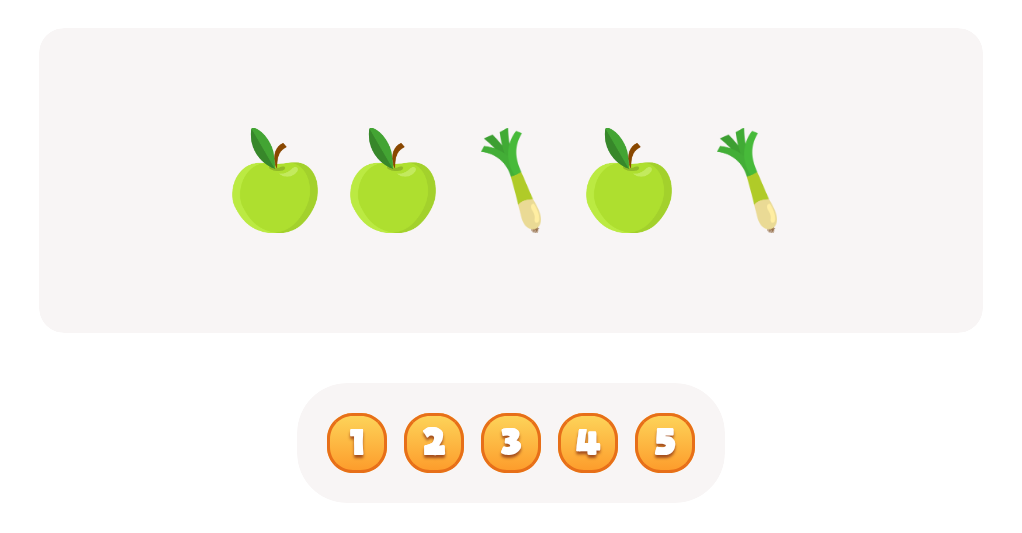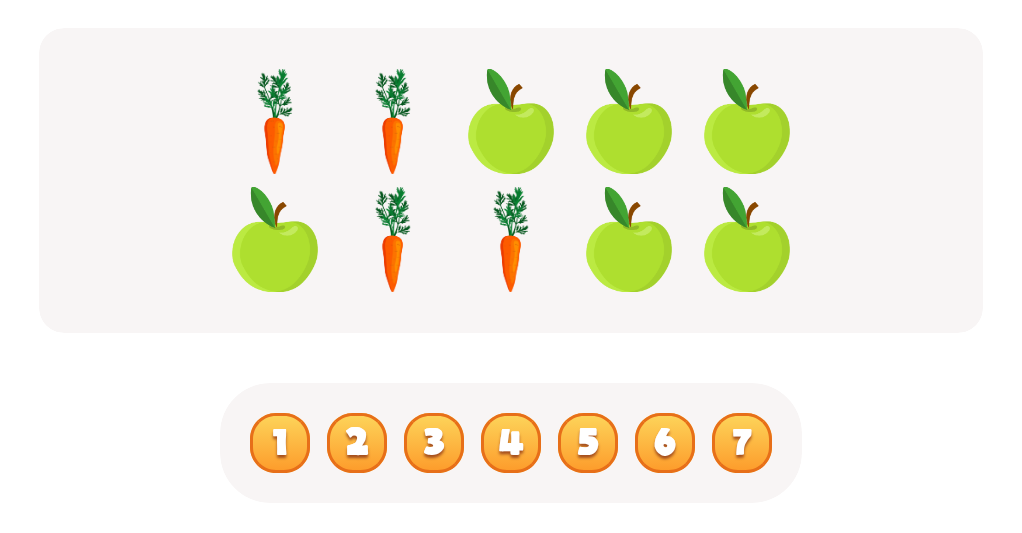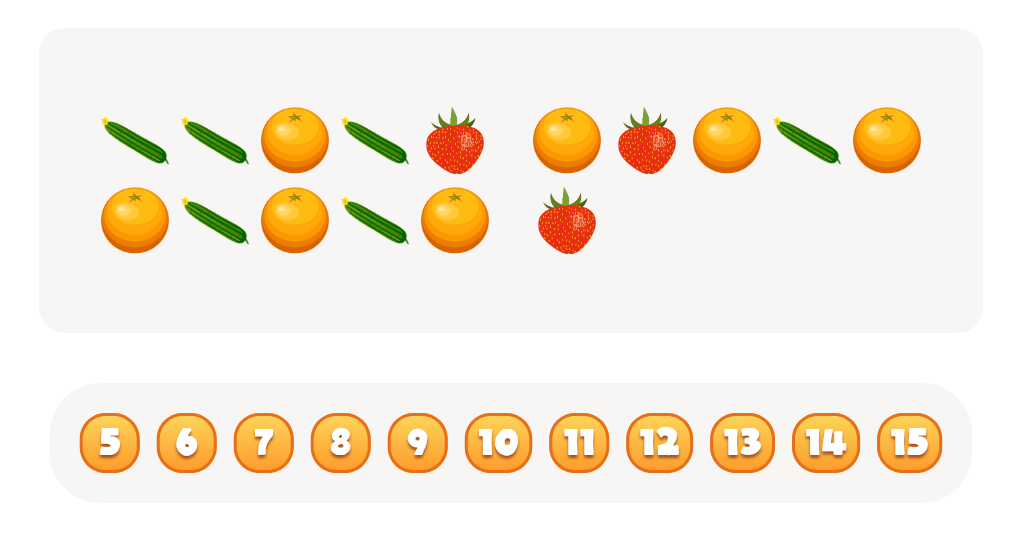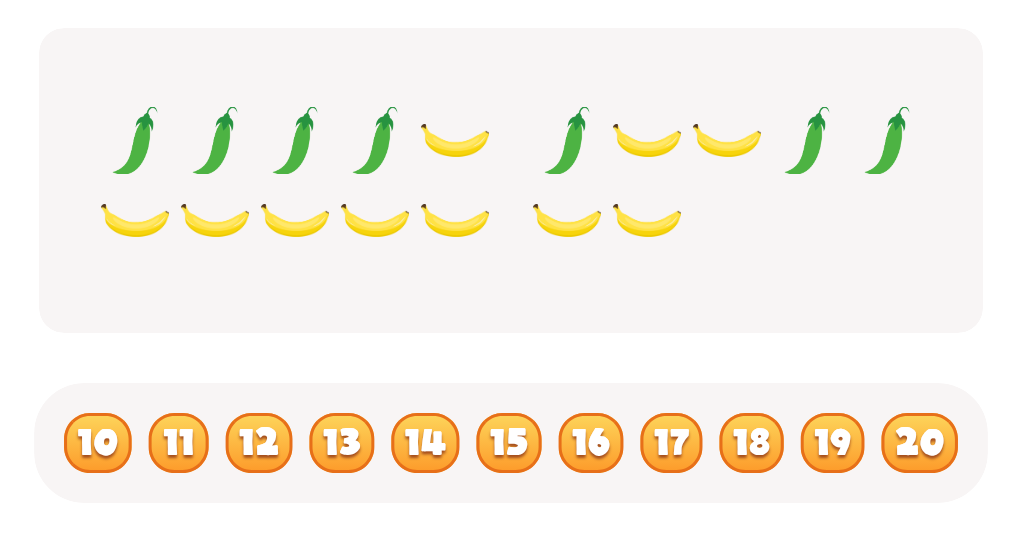Plant identification Plants Worksheets for Ages 4-9
5 filtered results
-
From - To
Explore the exciting world of plant identification with our engaging worksheets designed for ages 4-9! Ideal for young learners, these educational resources help children discover and recognize different types of plants through fun activities. Each worksheet features vibrant illustrations and interactive exercises that promote curiosity and hands-on learning. From identifying common flowers and leaves to understanding plant parts, our worksheets foster essential science skills while sparking a lifelong interest in nature. Perfect for home or classroom use, these resources encourage exploration and observation, making plant identification an enjoyable adventure for young minds. Dive into nature's wonders with our plant identification worksheets today!
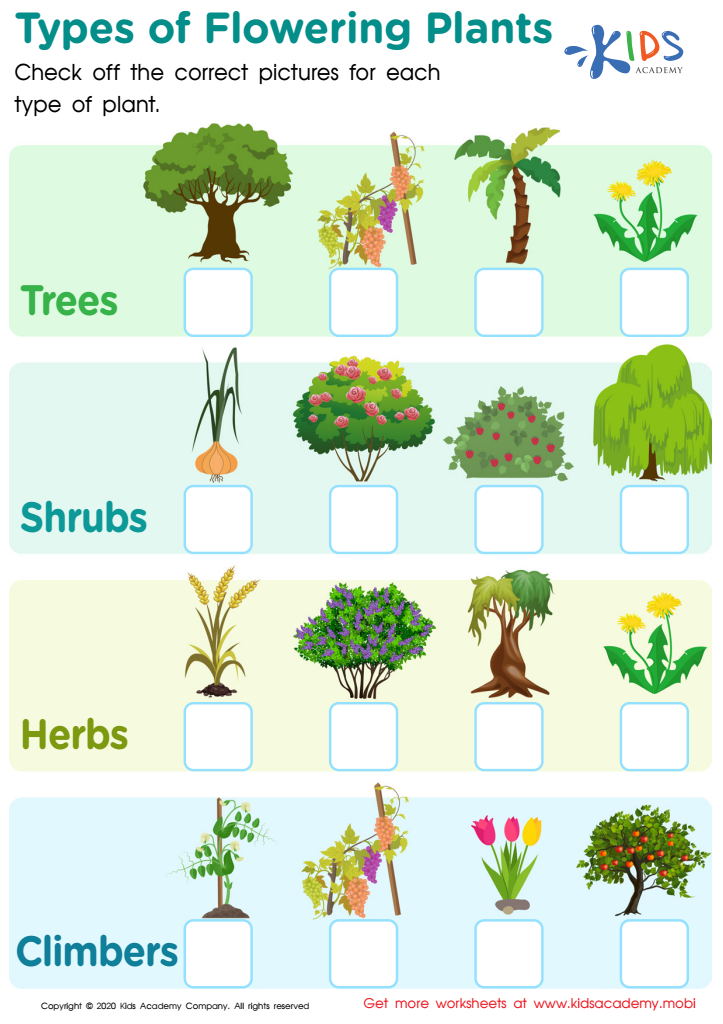

Types of Flowering Plants Worksheet


Plant Fun Worksheet
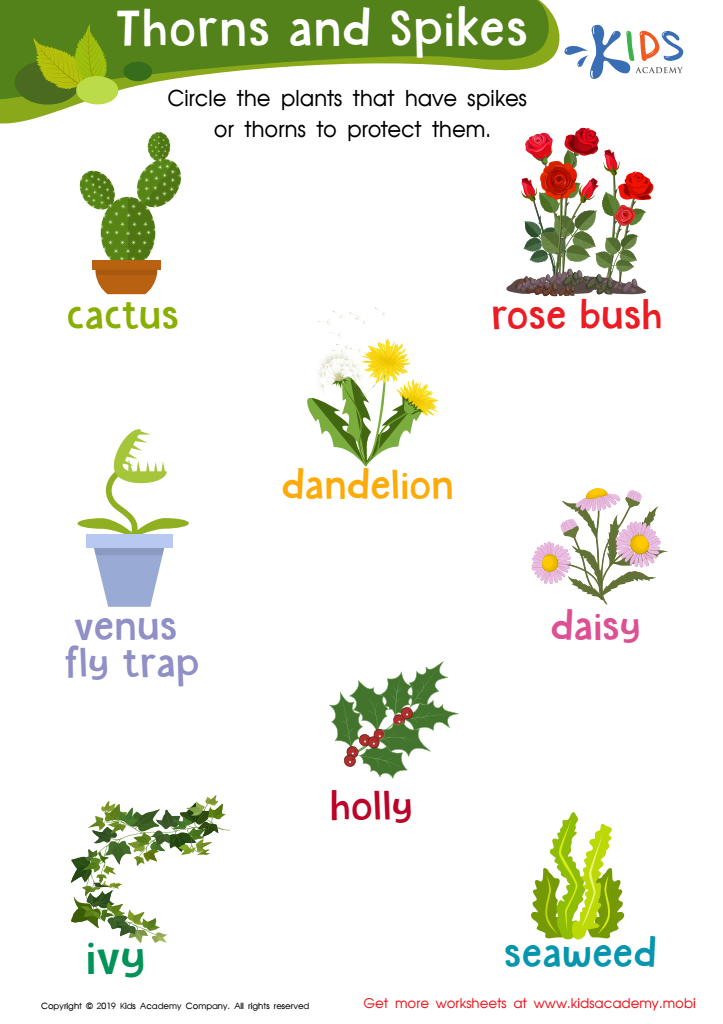

Thorns and Spikes Worksheet


What Do Plants Need to Grow Worksheet
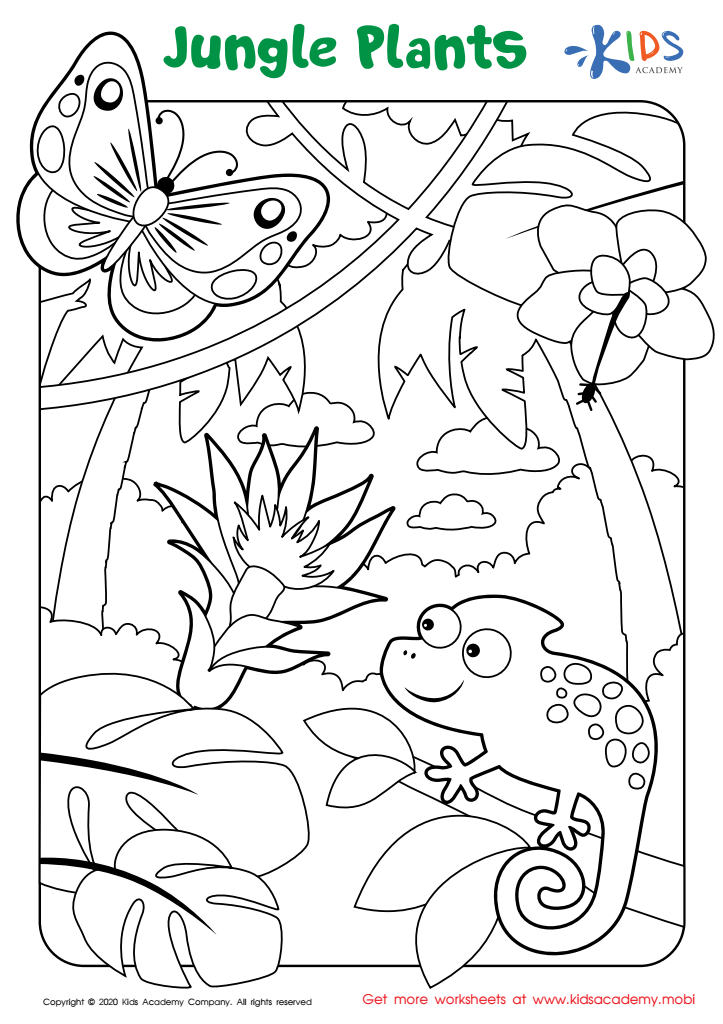

Jungle Plants Worksheet
Plant identification is a vital educational activity for children aged 4-9, as it serves multiple developmental and learning purposes. Firstly, it fosters curiosity about the natural world, encouraging children to explore and engage with their environment. Understanding different plants helps them develop observational skills and the ability to classify and sort, which are foundational skills in science and critical thinking.
Moreover, learning to identify plants introduces children to concepts of biodiversity and ecosystems. It lays the groundwork for an appreciation of nature, promoting environmental stewardship from a young age. As children learn about plant characteristics and their benefits, they become aware of the importance of conservation.
Additionally, plant identification can enhance language development. Engaging with the vocabulary associated with various plants and their features boosts language skills and encourages communication as children discuss their findings with peers and adults.
Furthermore, this activity can be a gateway to physical health. Spending time outdoors and participating in activities such as gardening or nature walks promotes fitness and healthier lifestyles.
In summary, plant identification offers enrichment in learning and development, cultivating a sense of responsibility towards nature, while also enhancing cognitive, language, and physical skills. Parents and teachers should prioritize these experiences for holistic growth.

 Assign to My Students
Assign to My Students
